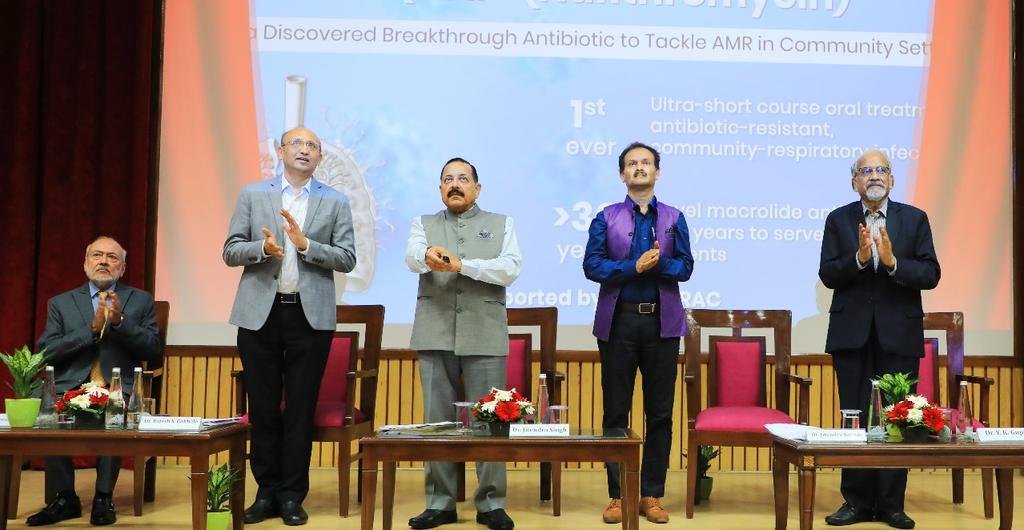Supermassive black holes generate gravitational waves as they merge. NANOGrav, has collected high-precision data for over 15 years using ground-based radio telescopes. Background ripples detected by NANOGrav help understand gravitational wave creation and the dynamics during propagation. These ripples aid in studying supermassive black hole mergers, which influence galactic evolution over millions of years. The discovery complements LIGO’s 2015 detection of shorter-wavelength gravitational waves from black holes 30 times the mass of the Sun. NASA supports the future Laser Interferometer Space Antenna mission for detecting gravitational waves in a wavelength range between NANOGrav and LIGO.
About NANOGrav
NANOGrav is a National Science Foundation-funded Physics Frontiers Center of more than 190 scientists from the United States and Canada, including scientists at NASA’s Jet Propulsion Laboratory in Southern California and other NASA centers. The collaboration has spent more than 15 years collecting high-precision data from ground-based radio telescopes, looking for these gravitational waves. (NANOGrav) presented the evidence in a series of papers published in the Astrophysical Journal Letters.
Question : What is the main objective of NANOGrav?
A) Studying the formation of exoplanets.
B) Investigating the nature of dark matter.
C) Detecting and studying gravitational waves.
D) Exploring the origin of cosmic microwave background radiation.
Answer: C) Detecting and studying gravitational waves.




